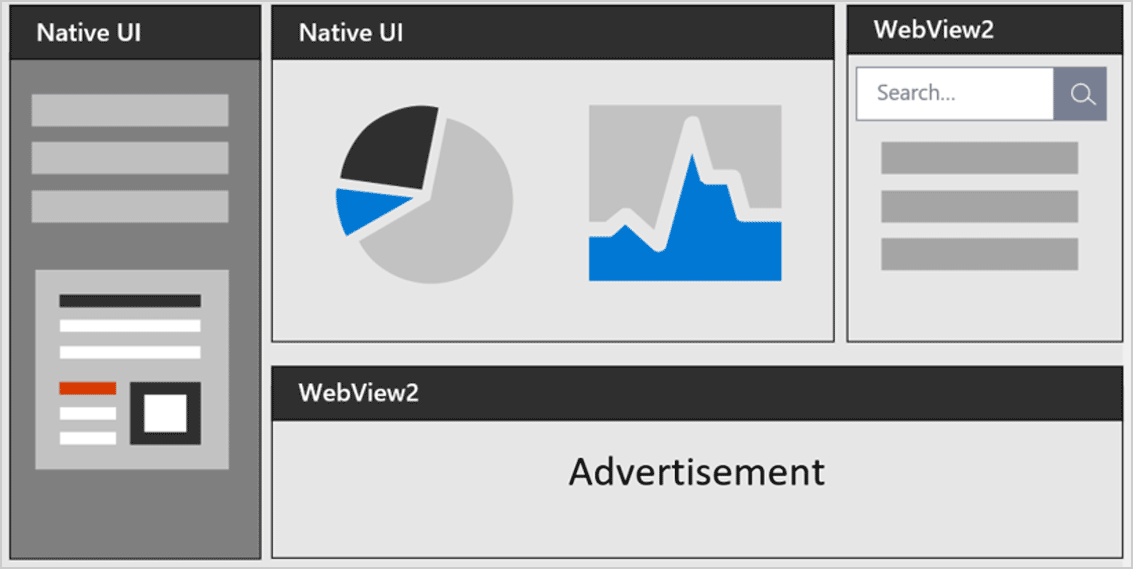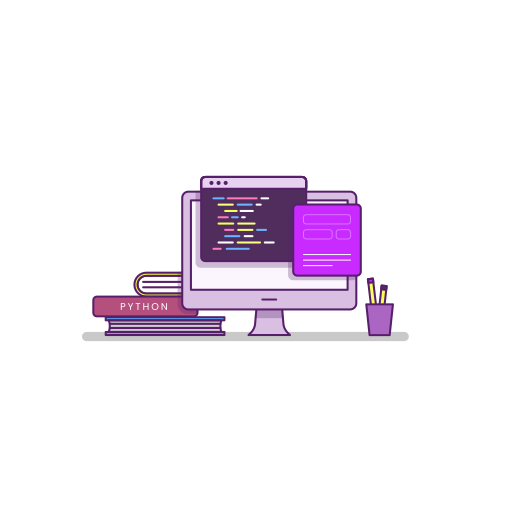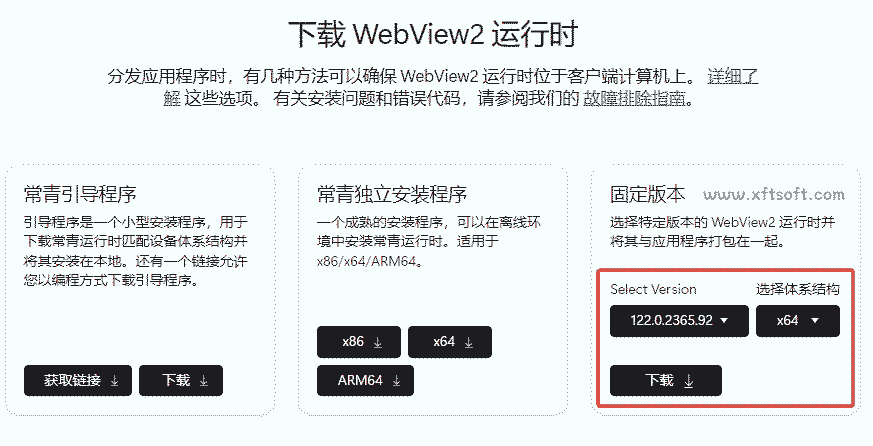The Microsoft Edge WebView2 control allows you to embed web technologies (HTML, CSS, and JavaScript) in native applications. The WebView2 control uses Microsoft Edge as a rendering engine to display web content in native applications. With WebView2, you can embed web code into different parts of your native application, or build all your native applications in a single WebView2 instance.

Benefits of WebView2
Web Ecosystem and Skill Sets. Leverage the entire web platform, libraries, tools, and talent that exists in the web ecosystem.
Rapid innovation. Web development allows for faster deployment and iteration.
Windows 10 and 11 support. Supports a consistent user experience across Windows 10 and Windows 11.
Native capabilities. Access the full set of native APIs.
Code sharing. Adding Web code to your code base increases reuse across multiple platforms.
Microsoft Support. Microsoft provides support and adds new feature requests on supported platforms.
Evergreen distribution. Depends on the latest version of Chromium as well as regular platform updates and security patches.
Fixed version distribution. (Optional) Package a specific version of Chromium bits in your application.
Incremental adoption. Add web components to your application one at a time.
Supported platforms
The following programming environments are supported:
Win32 C/C++
- .NET Framework 4.5 or later
- .NET Core 3.1 or higher
- .NET 5
- .NET 6
- WinUI 2.0
- WinUI 3.0
WebView2 apps can run on the following versions of Windows:
- Windows 11
- Windows 10
- Windows 10 IoT Enterprise LTSC x32 2019
- Windows 10 IoT Enterprise LTSC x64 2019
- Windows 10 IoT Enterprise 21h1 x64
- Windows Server 2022
- Windows Server 2019
- Windows Server 2016
Windows 7 and 8: WebView2 Runtime version 109 is the final version supporting the following Windows versions
WebView2 Features and API Overview
Contains the following:
Main classes: Environment, Controller, and Core Web/Native Interop Browser Features Flow Management Navigate to pages and manage loaded content iframe validation Rendering WebView2 in non-frame applications Rendering WebView2 using Composition User Data Performance and Debugging Chrome Developer Protocol (CDP)

